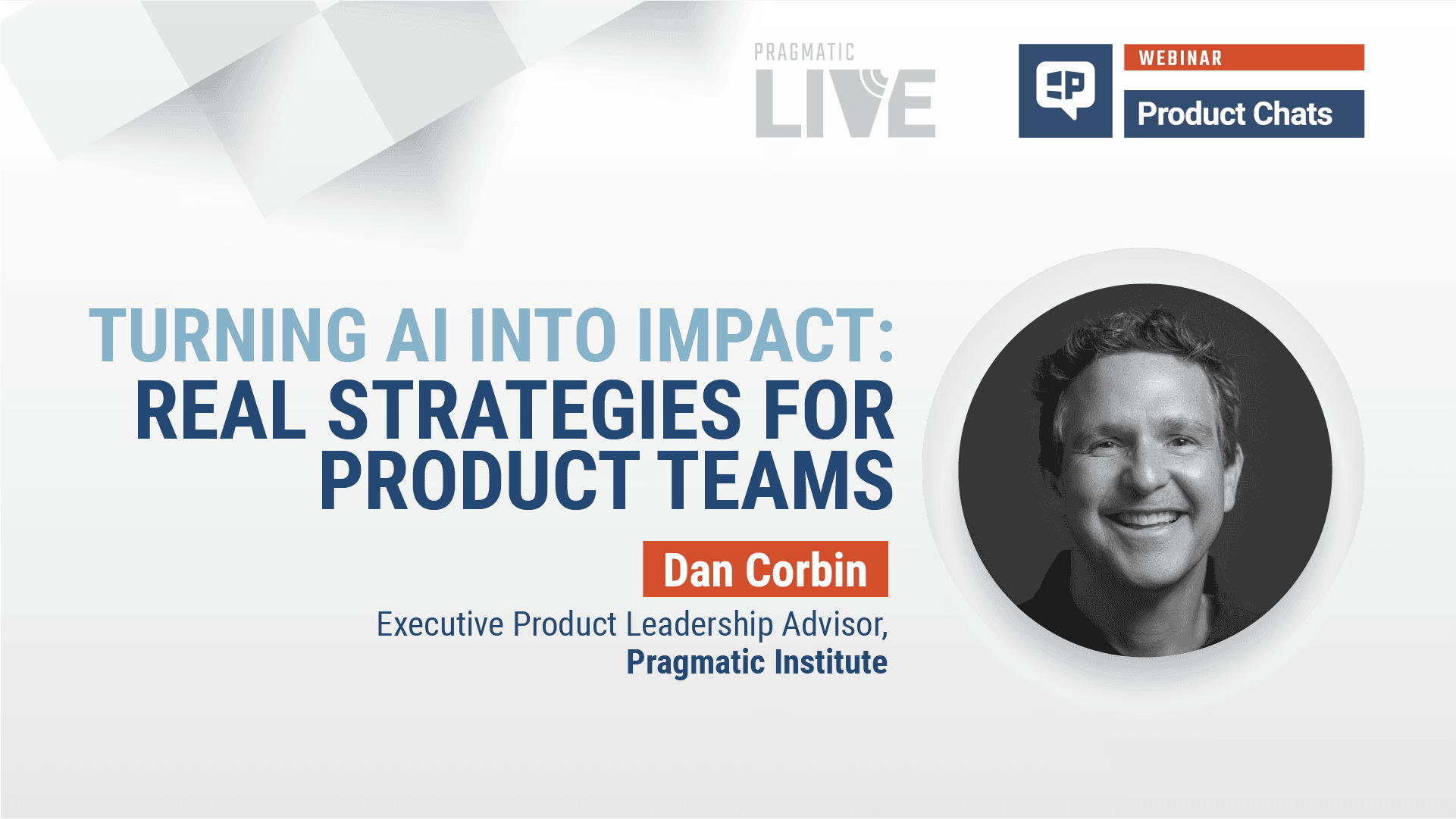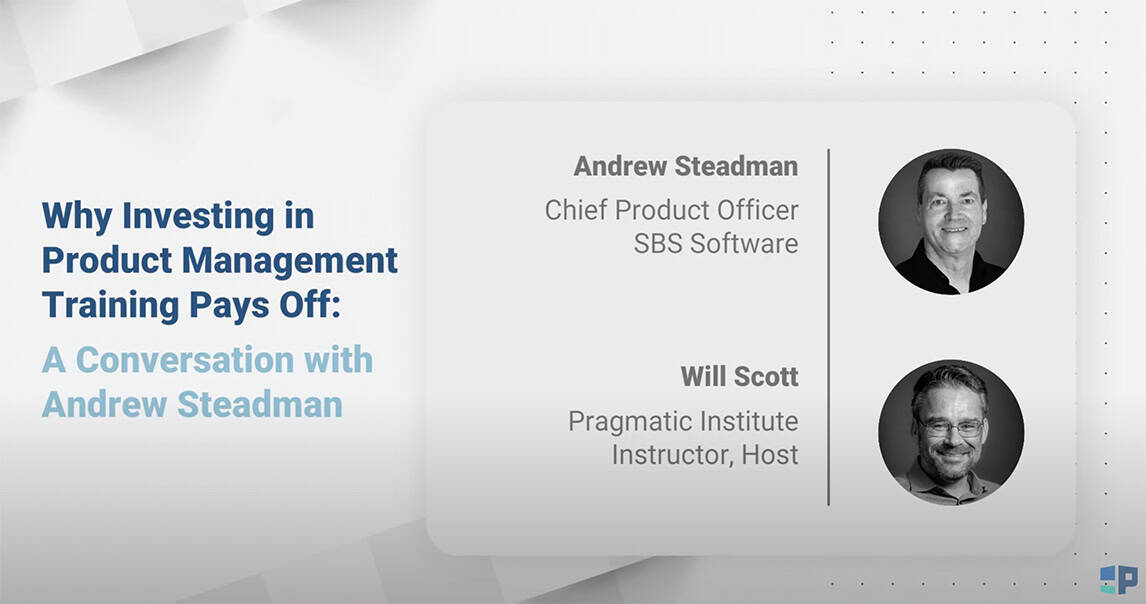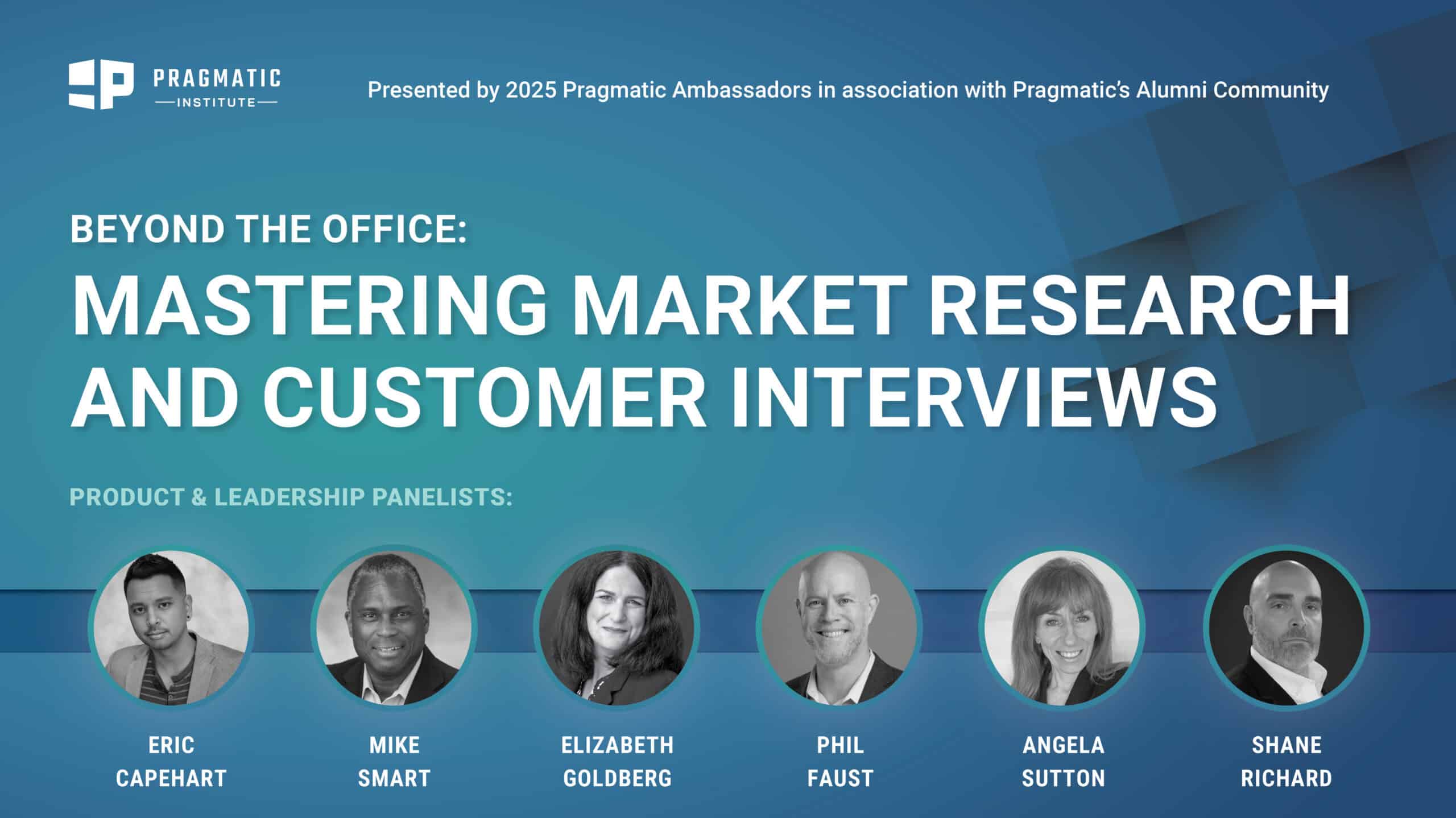
Leading is all about communication, but Tuned In leaders focus on getting the formula right. They listen more than talk, and they seek an edge by working hard to create opportunities to listen.
Why You Have to Care About Tuning In Your Leadership Culture
These fascinating and challenging times that we live and work in see new ideas evolve into markets and products seemingly overnight, only to be disrupted and displaced just as quickly. In this still emerging global world, borders are melting away and business is increasingly conducted by talented individuals and teams distributed across cultures, geographies and time zones. Long-range strategic planning has given way to a more dynamic sense and respond style of business development, with the focus increasingly on rapid adaptation and execution.
Against this volatile backdrop of remarkable change and ever-shrinking time horizons, countries and regions including like the U.S., Japan and Western Europe face a demographic tidal wave as the Baby Boomer generation moves out of the workforce into retirement or at least to semi-retirement. In essence, the most experienced and business-proven professionals among us are exiting stage right at just the point in time when the know-how for leading and producing results are at a premium. During the next decade, the war for talent, especially leadership talent capable of succeeding in this emerging environment will define one of the key organizational battlegrounds. Organizations that become great at identifying, developing and retaining talent will be well prepared to leverage the changing market forces for growth. Unfortunately, many firms still relegate the core talent recruitment and development issues to a functional department versus calling it out as a strategic priority and ensuring that it is the job of every leader in an organization. This short-sighted, traditional approach to talent and leadership development will jeopardize the ability of organizations to seize opportunities and execute strategies, while better prepared, Tuned In firms seize the day.
Tuned In Leadership Starts with Institutionalizing the Proper Role of a Leader
Ask several hundred leaders what their role is and expect to hear some consistent comments about providing guidance, hiring, firing, setting a vision and evaluating performance, and a number of other tasks that are generally right, but lacking in scale, scope and depth. Rich Petro and I asked these questions of leaders at all levels in all varieties and styles of firms as part of our research for our book, Practical Lessons in Leadership, and we came away convinced that most leaders and most organizations do not operate with a holistic view of what leadership is supposed to deliver to an organization. Surprisingly, very few of the interview discussions focused on topics like creating the working atmosphere, developing talent and shaping the culture of team or organization, all activities that we view as core priorities.
Realizing a culture where individuals and teams are living and working according to the Six Steps of the Tuned In Process starts with the leadership of the firm understanding their true role and their core priorities. Strip away all of the urgent unimportant tasks that bedevil leaders on a daily basis, and the Tuned In leader must focus on:
- Creating the environment (atmosphere) necessary for individuals and teams to be comfortable and confident to take the risks and pursue the actions needed to identify and realize offerings that resonate.
- Bringing together individuals and teams with the talents, skills attitudes and sense of adventure needed to succeed as a business that is constantly searching for unresolved problems and applying the discipline needed to turn those into resonators.
- Ensuring that expectations and performance are defined, communicated and measured against customer and market standards, not just internal or competitor standards. Inherent in this activity is establishing a new way of measuring performance that aligns with the Tuned In Process.
- Developing his or her leadership credibility by ensuring that words and actions match and ensuring that associates receive the mentoring, feedback and developmental opportunities needed to grow and to pursue new and greater tasks.
- Constantly searching for, identifying and supporting the development of formal and informal leaders.
- Fostering an environment that encourages action-focused debate at all levels, across all functions up and down the leadership chain.
Tuned In leaders, from the CEO to the front-line managers view their roles through the lens of the priorities and tasks above. These items define the job descriptions of leaders at all levels and help guide the development of To-Do lists across the organization. There is no wiggle room for misalignment on these activities.
Tuned In Leaders are Strategy-Fueled
Creating a culture that is focused on turning unresolved problems into breakthrough experiences takes more than a slogan, some posters and a few offsite meetings. Realizing a Tuned In culture requires a firm’s leaders to effectively leverage one of the most powerful (and most often misused or misconstrued) tools in the management arsenal: strategy.
Strategy has long been viewed as the domain of executives cloistered in board rooms working with high-priced consultants to produce lengthy presentations of nice words that lack the powerful ideas needed to ignite the creative passion of the firm’s associates. Not any more.
The Tuned In leader recognizes that appealing to the hearts and minds of all members of the organization is fundamental to achieving and sustaining great results. This leader works hard to bring strategy out of the boardroom and into the hallways, meeting rooms and cubicles of all employees. In this environment, strategy and execution make up the bulk of conversation and everyone talks with a strategic vocabulary. This leader recognizes that a robust, company-wide, on-going strategy program is the single most powerful way to get employees to think and act in a Tuned In manner.
How Tuned In Leaders Employ a Strategy-Fueled Approach
- The Vision is always present. A Tuned In leadership team works to constantly refine, communicate and reinforce the Vision or desired future state of the organization to the broader organization. Everyone in a Tuned In organization understands where the company is going and everyone perceives that he or she has a critical part in helping it get there.
- Strategy is a living, breathing process, not an event with everyone involved in creation and execution. Tuned In leaders engage the entire organization in sharing insights, brainstorming ideas and developing solutions to sticky challenges. Strategic priorities are front and center, and progress against these priorities constantly visible.
- People are connected to strategy. A key success criterion is whether every employee knows their role and responsibility in realizing strategic goals when they walk in the door in the morning. Operating with strategic context becomes part of everyone’s working DNA.
- Performance metrics and success criteria are based on Tuned In measures. Traditional measures of performance are visible, but people recognize that revenues and profits are outcomes of asking and answering the hard questions, such as:
-
- What insights have turned into solutions?
- Are we offering breakthrough experiences?
- Are our connections authentic?
- What are we learning from these experiences?
- What have we learned from failures?
- What would make this really great for our buyers?
- The feedback culture is healthy. Tuned In leaders practice what they preach by promoting a feedback culture that encourages open discussion on tough issues. Absent from the Tuned In organization is the collegial but political dialogue heard inside so many firms. Instead, the employees talk candidly with each other, regardless of level, about performance problems and what needs to change.
Tuned In leaders embrace the notion that strategy is everyone’s business and by definition, a firm’s employees cannot be Tuned In and focused on the Six Steps without understanding direction, priorities and without the right and ability to contribute their insights and ideas. Of course, once this Strategy-Fueled process gets started, it feeds and grows on the energy that it creates—a physics defying feat, but very real in a Tuned In environment.
Tuned In Leaders Focus on Talent Development
The best leaders learn early in their careers that success requires surrounding yourself with the right people and providing them the resources, parameters and support that they need in their jobs. And while some leaders are particularly adept at finding and engaging the right talent, many leaders lose track of their responsibility for on-going talent development as they get caught up in the day-to-day fire drills that occupy most agendas. Alternatively, Tuned In leaders internalize talent development as one of their top priorities and they act on it daily.
Here’s how Tuned In leaders spend their time developing talent:
- Coaching and mentoring occupies a majority of the leader’s calendar. A Tuned In leader understands the needs of his or her team members for guidance and tailors the coaching regimen accordingly. First-time and early career leaders receive extraordinary attention, and everyone receives timely, objective feedback on performance.
- The coaching culture is reinforced as the managers and supervisors reporting to a Tuned In leader are taught how to mentor and deliver effective feedback, and are held accountable for these tasks.
- Professional development is a frequent topic of discussion between the leader and individual team members. The discussions often include the creation of a written Career Development Plan with goals and a schedule for regular review of progress.
- Assignments are engineered for developmental purposes. Tuned In leaders work to ensure that they understand the career aspirations of their associates and they provide developmental opportunities to help people work towards realizing those aspirations.
- The talent development process is institutionalized, with the leader ensuring that all managers and supervisors understand and are evaluated on their success in identifying and developing the talent on their team.
Tuned In leaders manage their schedules to ensure that the preponderance of their time is focused on what counts: developing the talent around them. Whether the emphasis is on identifying and supporting the start-up of new leaders or ensuring that individual contributors are supported and encouraged to expand their skills and contributions, the talent development process never rests.
The Outstanding Communication Habits of Tuned In Leaders
In addition to the many communication-focused activities discussed thus far, Tuned In leaders recognize the power that they wield to shape behaviors through their personal communication habits and they leverage this power liberally.
Just a few of the great habits that they foster include:
- Establishing a clear communications protocol with team members where everyone understands how and when to engage with the leader, what the definition of “open door” means, and what constitutes an emergency.
- Maintaining an air of approachability. Tuned In leaders work hard to break down the social and hierarchical barriers that often get in the way of open communications.
- Ensuring that a healthy amount of communication is informal. The best leaders understand that their associates have valuable perspectives and they also recognize that informal communication opportunities are often the best settings for gaining powerful insights. A Tuned In leader will liberally leverage three key questions during informal conversations:
-
- “What’s working?”
- “What’s not?”
- “What do you need me to do for you?
- Constantly providing updates on performance and progress against key strategies.
- Always listening more than talking by employing the 2:1 ratio. Two ears, one mouth, use them in direct proportion.
- Paying attention beyond the business stuff. Tuned In leaders understand how powerful it is to get to know their associates and their interests. There’s always enough time to learn the names of spouses and children and to connect at an appropriate level to what’s going on in the lives of their associates. Tuning in to these issues is a sign of respect and a powerful credibility builder for the leader.
Leading is all about communication, but Tuned In leaders focus on getting the formula right. They listen more than talk, and they seek an edge by working hard to create opportunities to listen. They focus on establishing authentic connections with the people around them, and these connections foster a deeper commitment to the organization for everyone involved.
Tuned In Leadership—How to Know When It’s Working
There’s a very different feel to an organization run by Tuned In leaders. You see it on the faces and in the voices of the employees and you observe it in the formal and informal interactions that occur every day. In the Tuned In organization, everyone understands the goals and the problems and discussions are prefaced with, “How can we..?,” or “Why don’t we..?” or “Let’s try it,” or even, “It failed, but we learned….”
There are always telltale signs of Tuned In leadership at work. Attend a meeting and listen as people focus on solving problems instead of seeking blame or dodging more work. Observe a brainstorming session with associates from different functions and different levels and marvel as the ideas flow, regardless of the source. Notice as teams form without prompting and dissolve once their purpose has been served. Listen as people all across the organization talk about the latest results, the new goals and their ideas for reaching the goals.
Take a look at the agenda for a senior management meeting and topics like succession planning, talent development and finding ways to better support the teams working on strategic initiatives top the agenda. Listen to these same leaders in town hall meetings and observe that their presentations are free of executive speak, that culture-killing gobbledygook of jargon that so many have mastered and so many employees resent. These leaders field tough questions with ease and offer frank answers on the good and the bad of performance.
Talk with individuals in IT, Marketing, Customer Support and Engineering and marvel at the consistency and clarity of their understanding of the firm’s strategy and their role in carrying it out. Ask these same people about their plans for advancement and be prepared to hear about their developmental assignments and projects.
And of course, we can’t forget for a second that the ultimate arbiters of whether an organization and its leadership are Tuned In are the customers voting with their purchases and talking about the products on blogs and web sites around the globe. They tell us very clearly whether a firm is producing offerings that resonate. In the end, the financial fortunes of the firm rise or fall based on this issue.




